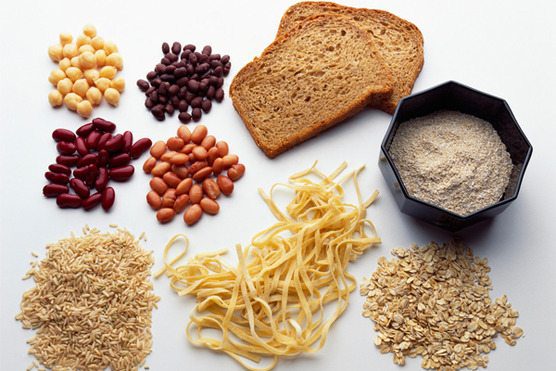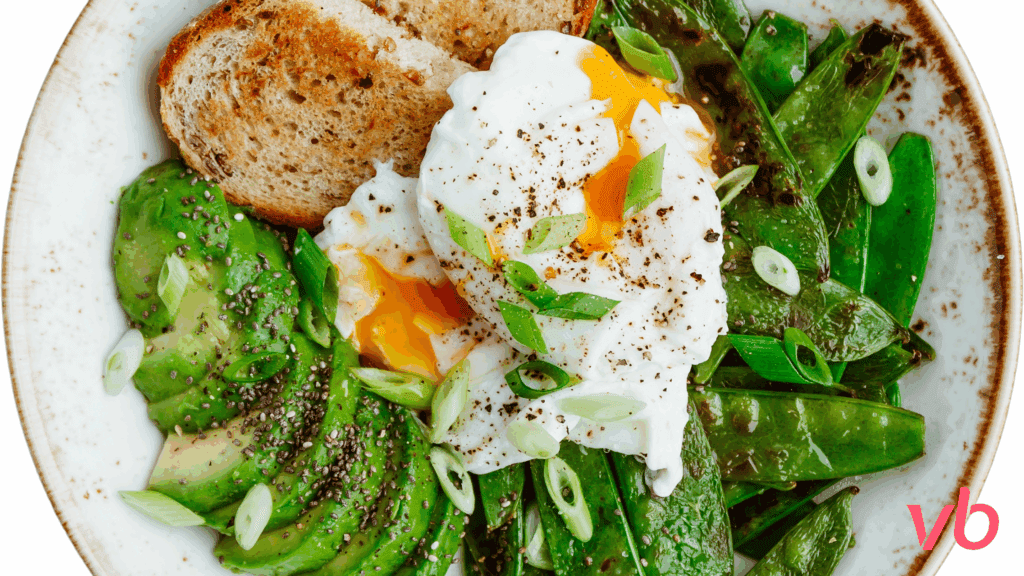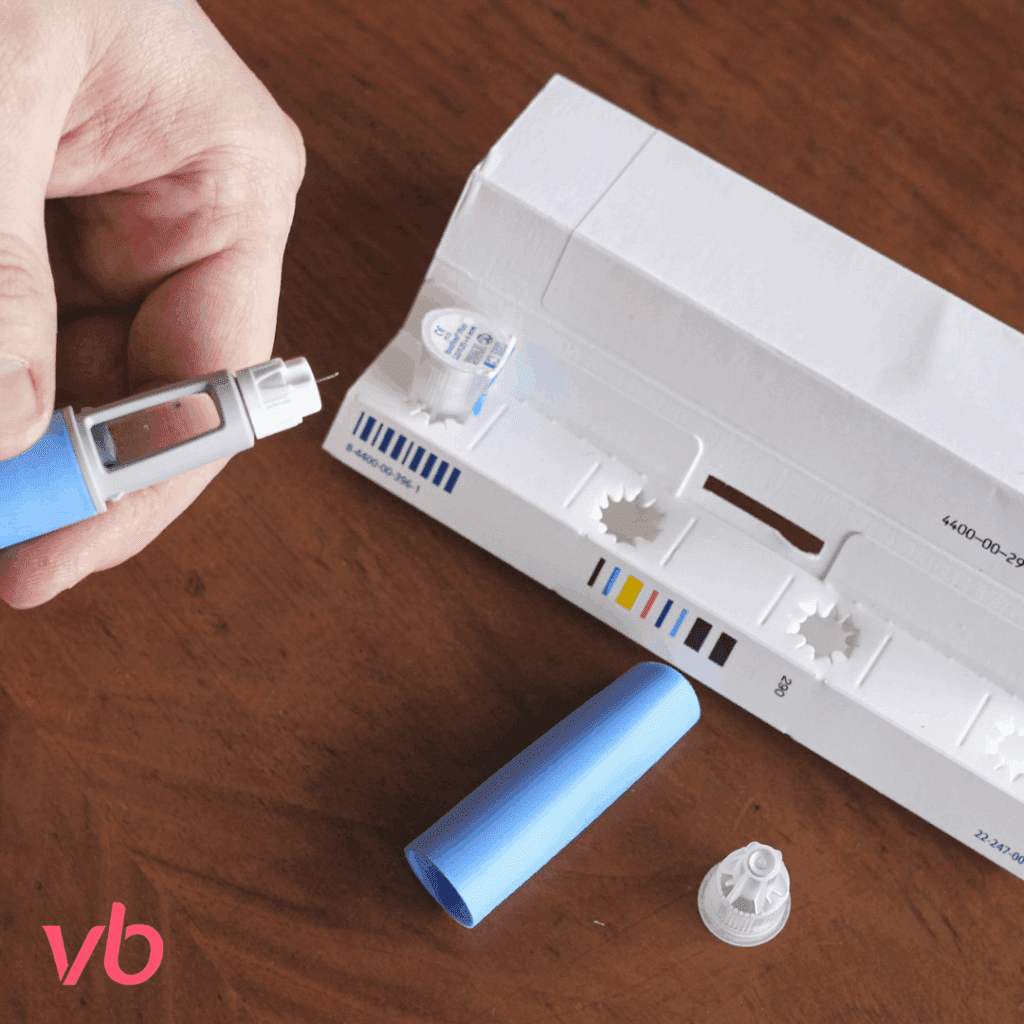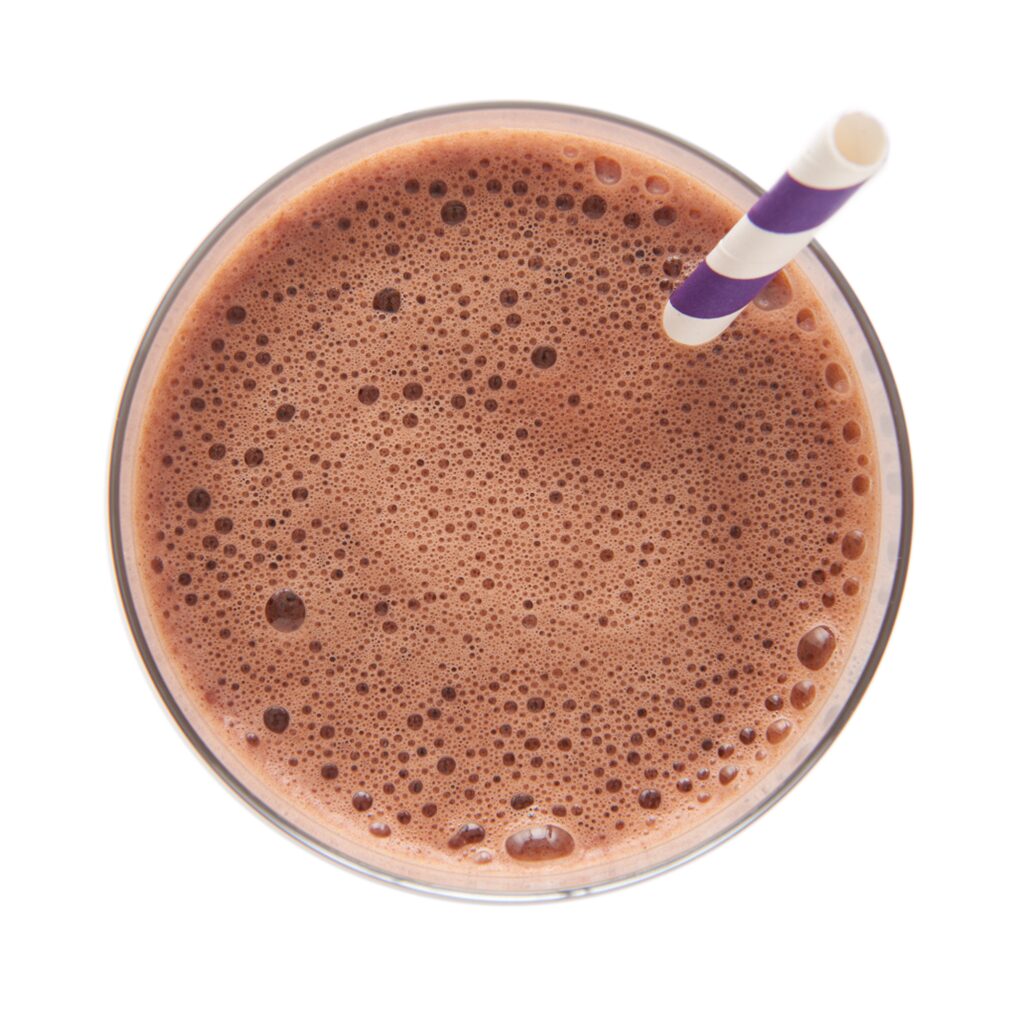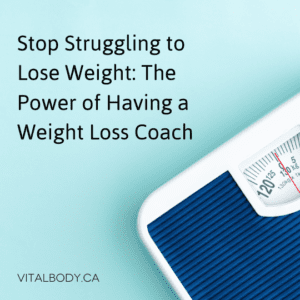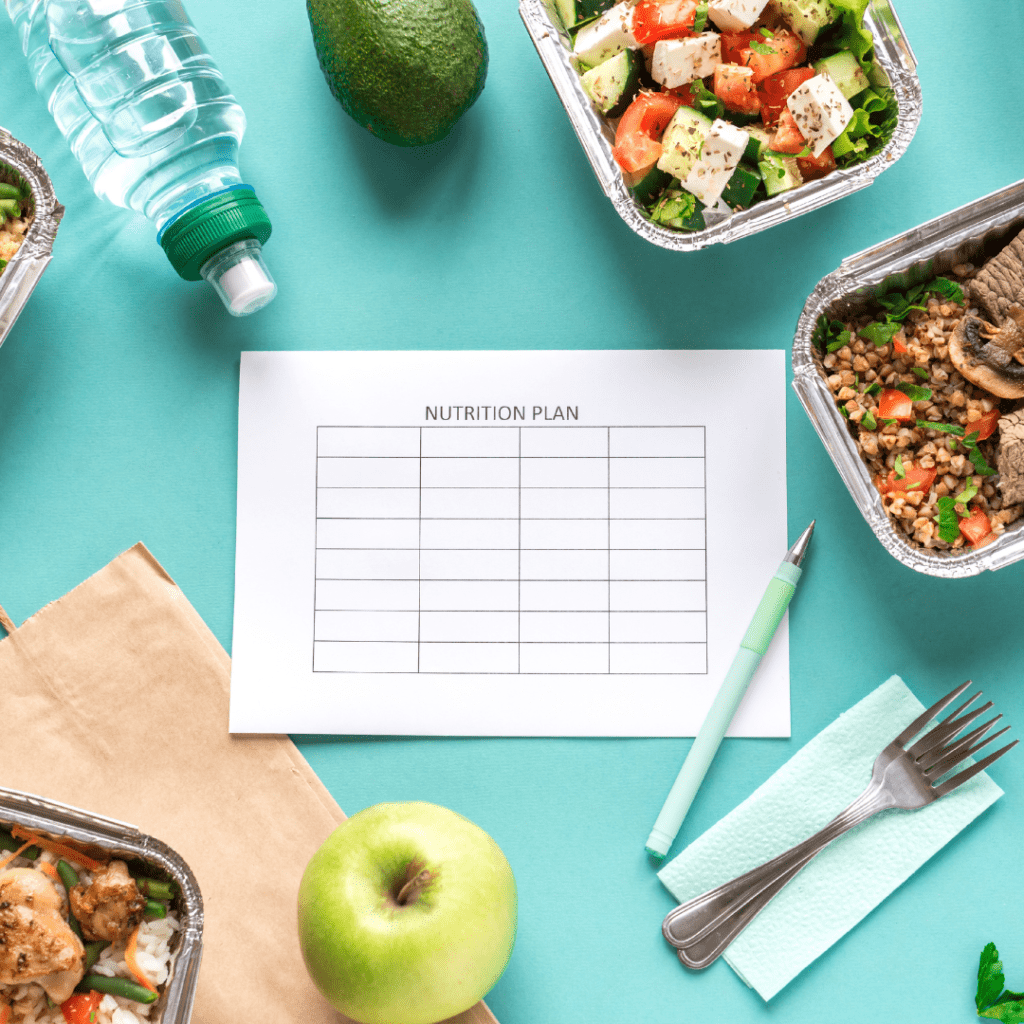During all Phases of the Ideal Protein Protocol, you’ll carefully monitor what and how much you’re eating everyday. You can trust that Ideal Protein foods have been formulated to help you meet your weight loss goals, but what about other foods? Learning how to read food labels will help you make choices that fit your healthy eating goals. You’ll find this helpful not only while trying to lose weight, but also when you move on to maintaining your weight loss.
Here are three important things you can learn from food labels:
1. What a serving size is. With some foods, a serving size is obvious, but with others, not so much. That’s why it’s wise to check the label to see what actually constitutes a serving. If you’re tracking calories or carbs and you think you’re only eating one serving but you’re actually eating more, you could easily find yourself gaining weight.
Did you know? Serving size is standardized in order to compare similar foods, according to the FDA’s “How to Understand and Use the Nutrition Facts Label.” Serving sizes reflect what people typically consume, but they’re not a recommendation of how much of the food you should eat or drink.
2. What nutrients the food contains. The label should list the amount of carbohydrates, fat, protein, and fiber, among other things, in the food. You can use this information to decide if it fits in with your day’s allotment of calories and carbs.
You can also determine the product’s net carbs with the following formula:
Take the TOTAL CARBOHYDRATE (from label) and subtract the Dietary Fiber to get your Net Carbs.
For example with the image below:
18 (total carb) – 2 (dietary fiber) = 16 net carbs.

3. What is actually in the food. The ingredients are listed by weight from most to least. You’ll want to avoid foods that list forms of sugar in the first few ingredients, including dextrose, fructose, sucrose, corn syrup, high fructose corn syrup, and so on.
Not understanding food label information can derail your weight loss—but that same information can help you decide if a particular food is an appropriate choice. Remember, if you have any questions about whether or not a food fits into your eating plan, please consult with your Ideal Protein coach.

